New roof installations in London, Sussex, Surrey, and Kent are essential for protecting property value and safety—preventing leaks, damp, and energy loss. Expertise across London and the Home Counties means every project is completed with compliance, attention to detail, and long-lasting performance at the forefront.
With years of experience, Which Trusted Trader and CITB accreditation, and premium suppliers such as Welsh Slate, ALM Lead, and Kemper, our team is trusted for quality and precision. Book a free survey today and protect your property.

Neglecting roofing problems leads to leaks that cause damp, failed insulation that wastes energy, and structural issues that escalate in scope and cost for any property owner.

Professional new roof installations in London, Sussex, Surrey, and Kent resolve these risks—delivering stronger weather protection, improved energy performance, and full compliance with building regulations. Homeowners gain peace of mind, landlords improve long-term value, and businesses ensure safety and efficiency. Proactive roofing care is a secure investment for every property.
New roof installations in London, Sussex, Surrey, and Kent include installations, repairs, upgrades, and restorations for homes, businesses, and heritage properties. We focus on long-term performance, building regulation compliance, and only use high-quality materials from trusted suppliers. Every service is tailored to your property type and completed with a focus on safety, durability, and care.
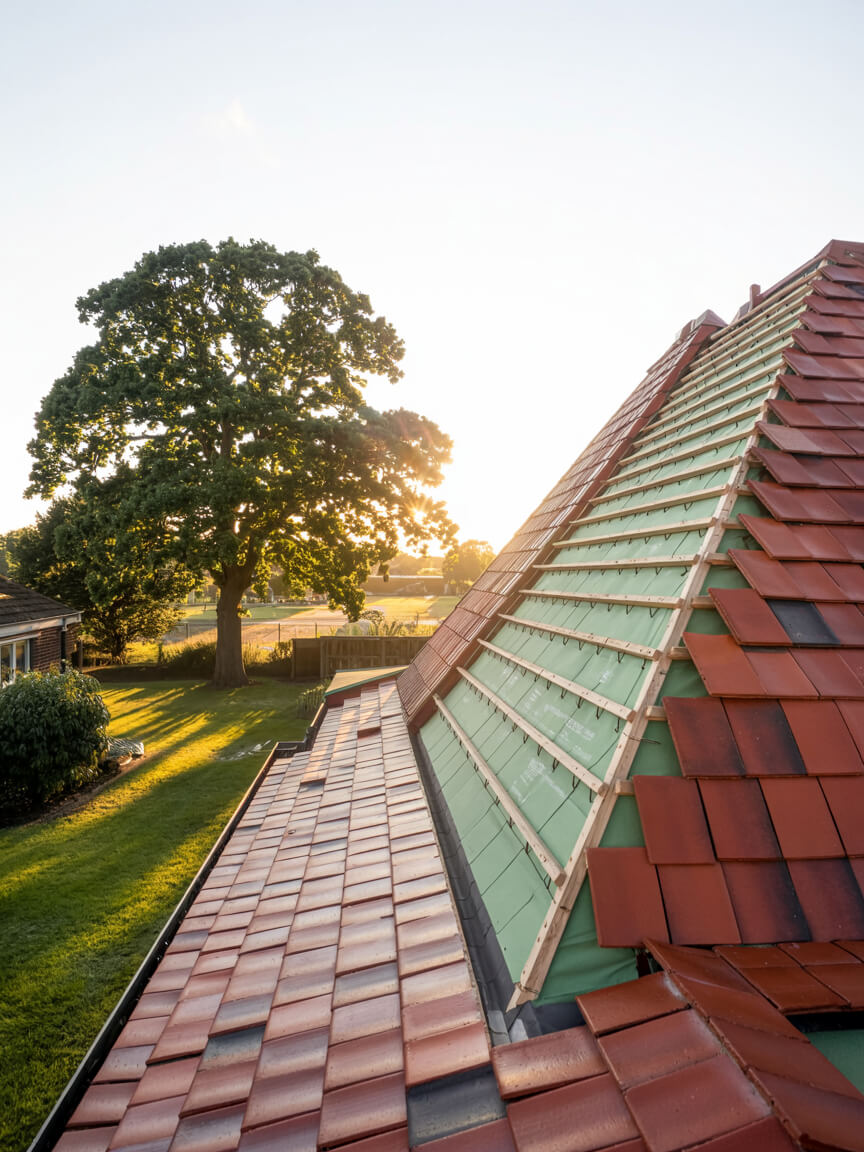
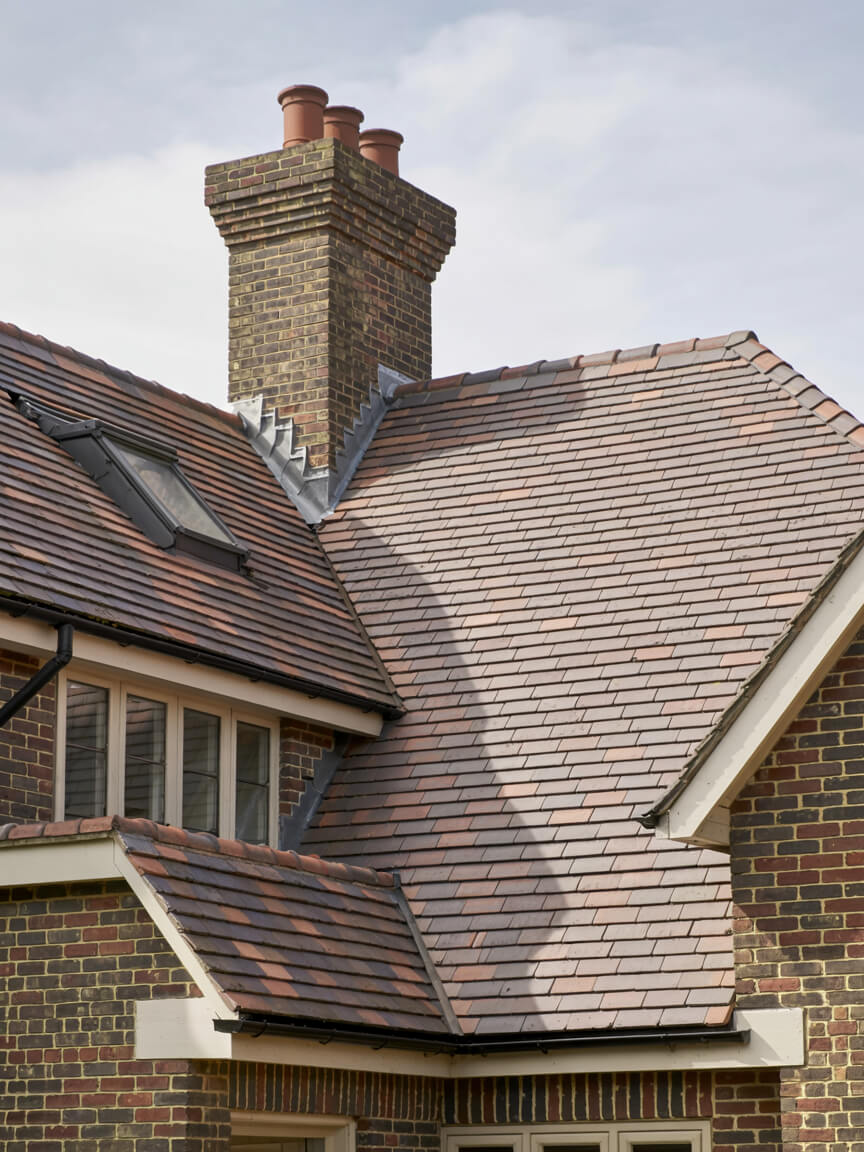
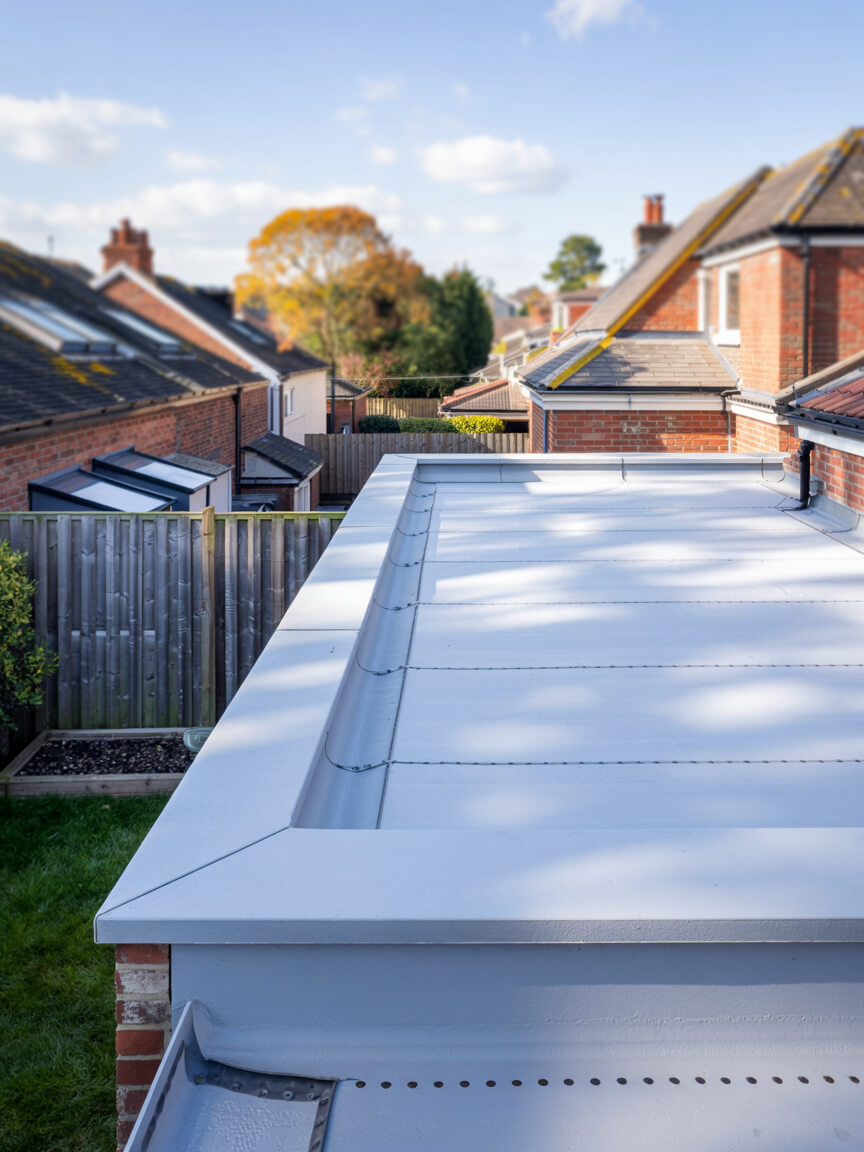
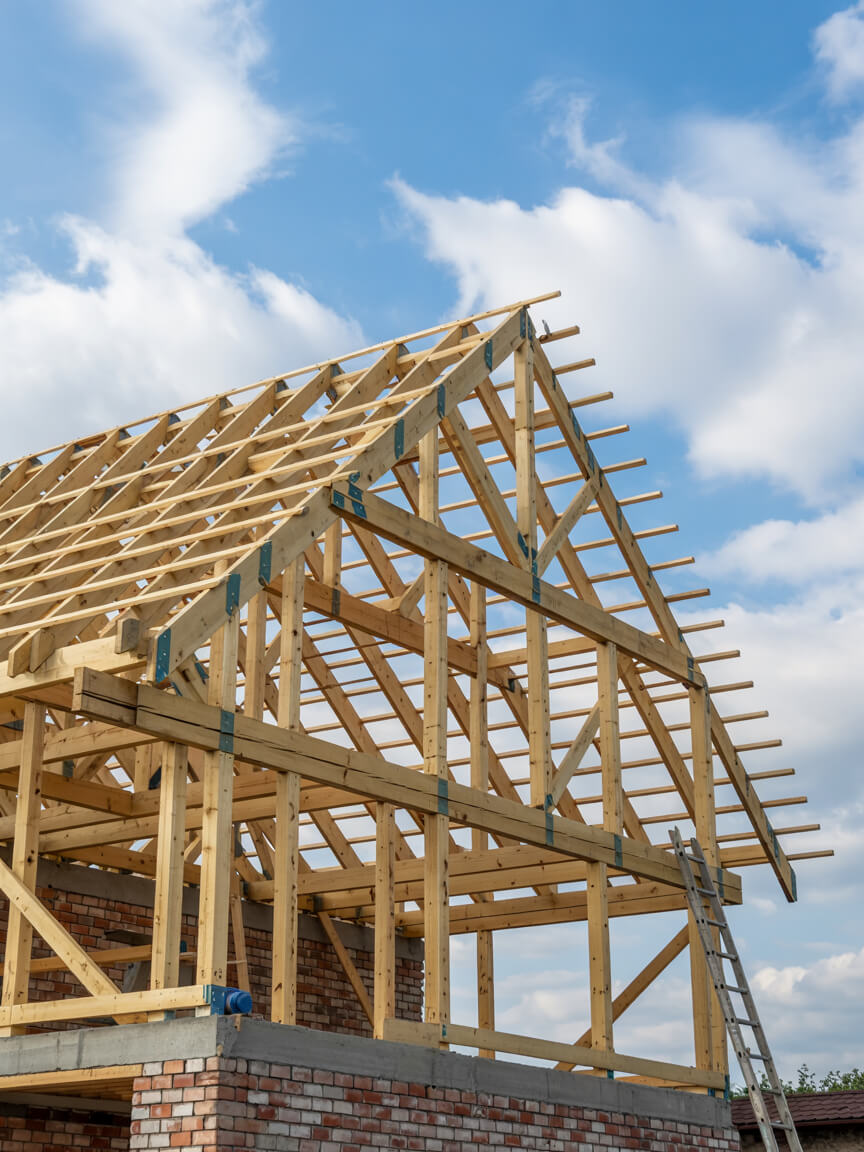
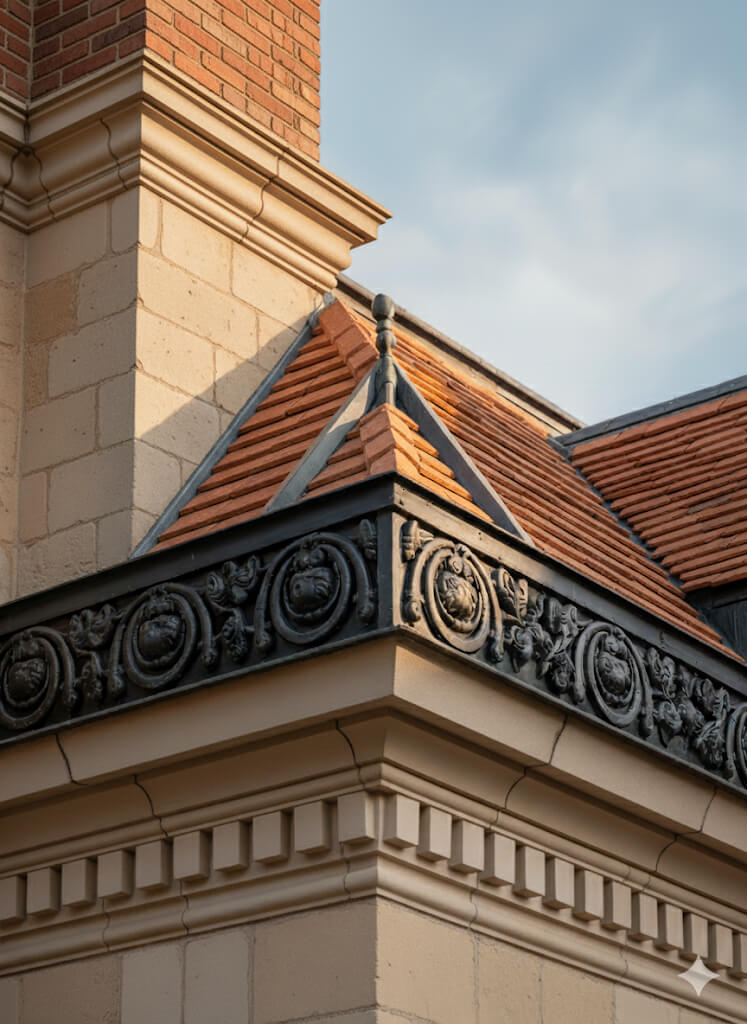
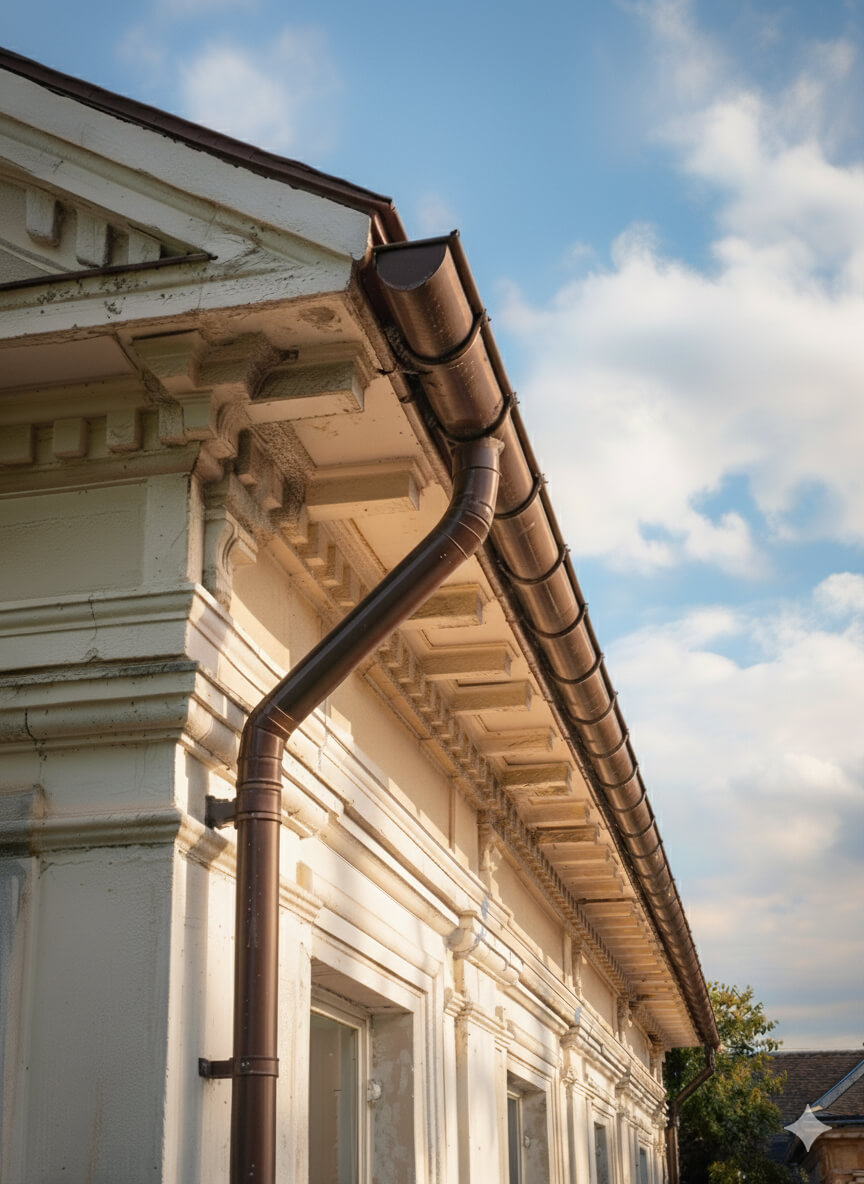

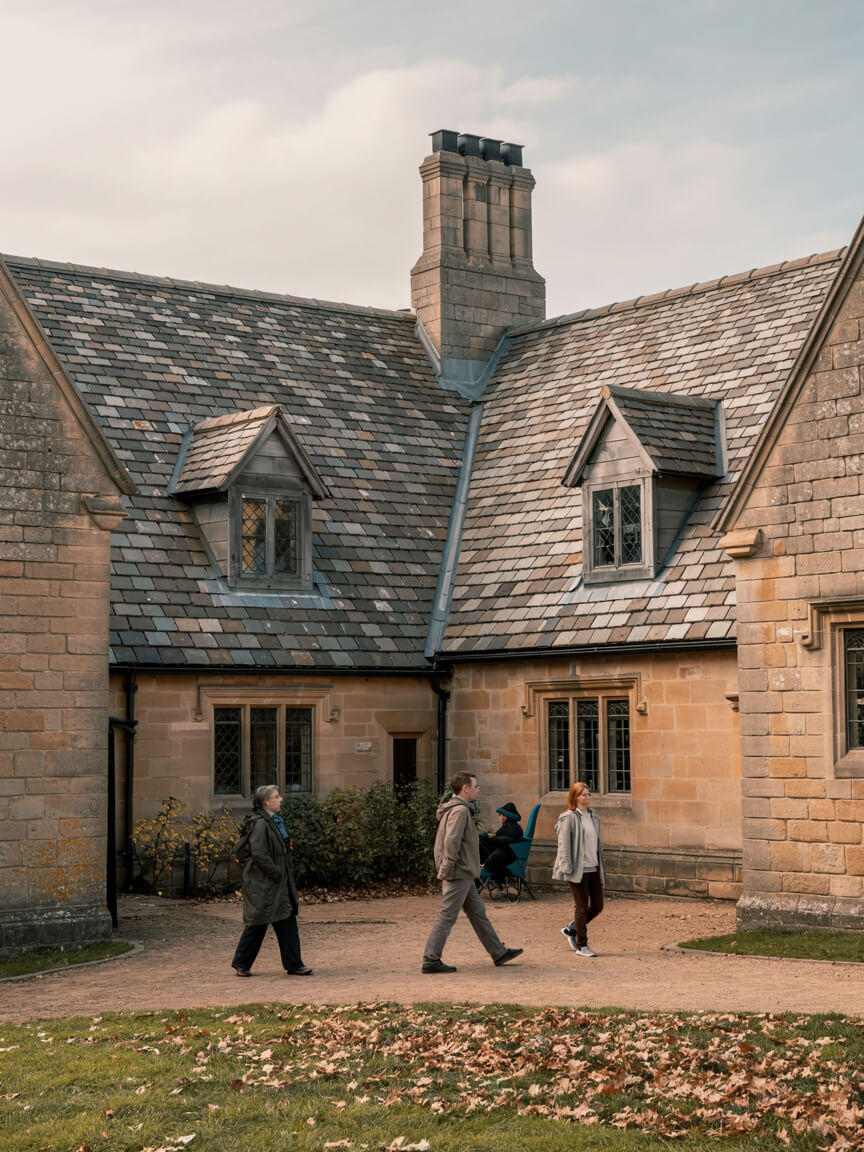
Every new roof installations London Sussex Surrey Kent project is adapted to property type, roof structure, and environmental demands. Tailoring ensures compliance with regulations, minimises disruption, and maximises long-term value. From homes and businesses to industrial sites and listed heritage buildings, our flexible approach guarantees roofing solutions that meet unique needs while delivering safety, efficiency, and reliability.
Homes, extensions, and listed buildings.
Offices, retail, schools, and hospitality.
Warehouses, factories, and logistics sites.
Every new roof installation in London, Sussex, Surrey, and Kent follows proven steps with quality materials. Whether a new installation, upgrade, or repair, each layer adds durability, safety, and efficiency—tailored to protect your property and meet regulatory standards.
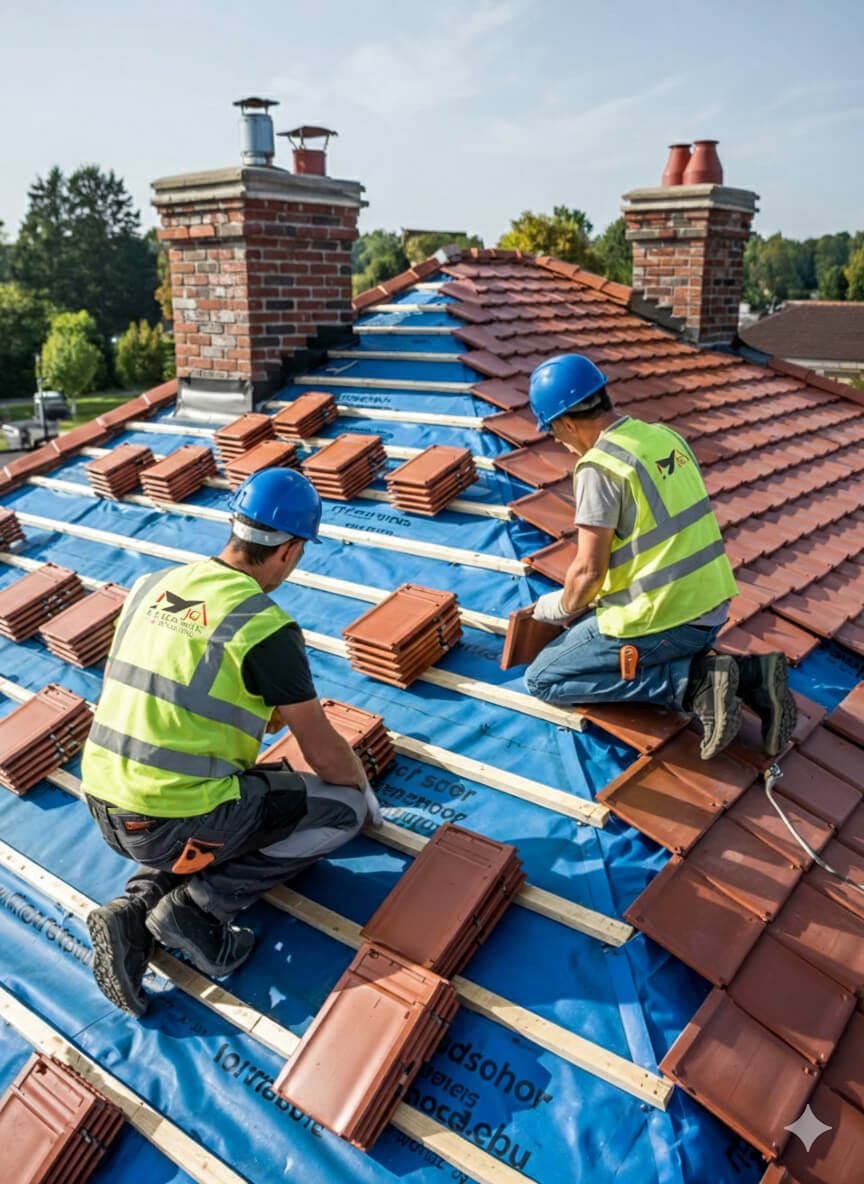
Get a free, no-obligation quote today.
Our experts are standing by to help you choose the perfect flat roofing solution.
⏱ Response within 24 hours guaranteed
Accredited by Which Trusted Trader, CITB, and approved by Kemper and Westwood, our team delivers safe, compliant, and warranty-protected new roof installations London Sussex Surrey Kent projects. These credentials mean guaranteed standards and long-term assurance—reinforced by the positive client reviews that consistently highlight quality, professionalism, and trust.


Complete reroofing. Living in Singapore at the time and T was super responsive and communicative.
Replacement of lead box gutter and new flashing to parapet wall. I had an excellent experience using James and the team. He was very prompt in all aspects of communication and completed a first class job. Really pleased.
James completed some repairs on our roof and replaced some of our pebble dash by the roof as well. He was very thorough and fixed everything. He kept us really informed by taking photos and showing us what he did and keeping us updated. It also went onto our neighbours roof and he did the same fo...
We had a leak in our bedroom and James fixed the roof for us to stop it from leaking. All the work came with a warranty. The work that was carried out was good. James and his team were polite, and did all the work quickly and without too much interruption to our day-to-day lives. Would recommend ...
J G Leadworks have repaired and replaced the roofs and gulleys over our warehouse and workshops which have meant both areas are now watertight
James and team were incredibly responsive to my request to look at a serious leak issue on my flat roof. They did a very thorough investigation and explained in detail the issue and gave a fair quote. They were quick to book in and complete the work and have checked in afterwards a few times to m...
James was quick to respond to the initial contact and was able to work around some time constraints I had. He explained what needed doing clearly and was happy to answer follow up questions. He took pictures to show each stage and I feel confident in the work that was done by James and the team. ...
JG Roofing were very easy to work with. Their quote was sensible and they stuck to that figure. They completed many repairs to my roof including, rebuilding a leaded gutter, reinforcing rotten rafters, rebuilding a long felted gutter and felting parapet walls, resurfacing and felting a flat roof,...
Planning and legal checks protect clients from costly errors, delays, and non-compliance, ensuring roofing projects meet regulatory and safety requirements.
Permission is typically required for listed properties, conservation areas, or major roof alterations. All projects must also satisfy Building Regulations, including Part A (structural safety) and Part L (energy efficiency), ensuring compliant and future-proofed installations.
Our team manages the full process, from initial surveys to legal guidance, preparing documentation, and liaising with local authorities where needed. Whether working on modern homes or heritage sites, we ensure every project is delivered legally, safely, and with minimal disruption—providing complete reassurance and peace of mind to property owners.

Every project unites skilled workmanship with rigorously tested materials.
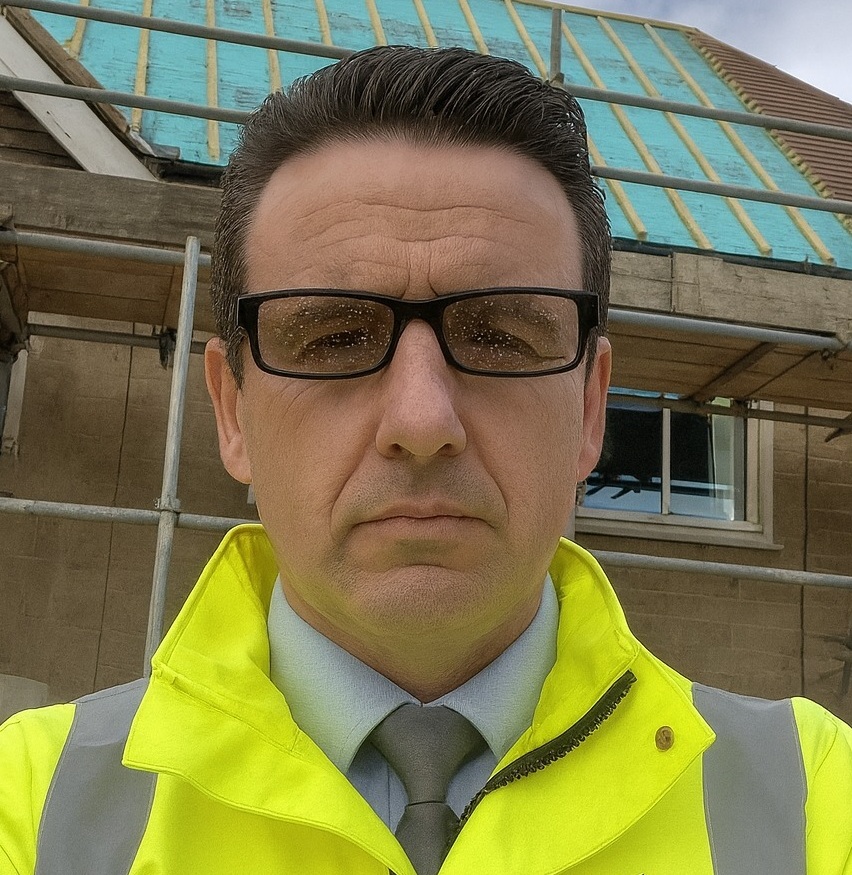
With 25 years of experience in lead sheet roofing, James is a trusted expert in heritage roofing, slate, and tiling. His knowledge of traditional methods, paired with modern compliance, makes him a go-to specialist for projects that demand both craftsmanship and durability.
new roof installations London Sussex Surrey Kent provides lasting protection, efficiency, and value, delivering durable, compliant roofing solutions that safeguard every type of property investment.
Selecting new roof installations London Sussex Surrey Kent involves balancing durability, budget, compliance, and aesthetics to secure the best-fit roofing solution for your property.
Why Clients Choose JG Leadwork and Roofing
With decades of trade experience, our teams understand the unique demands of London and Home Counties roofing. From heritage-listed properties to contemporary extensions, we adapt solutions to local regulations, weather conditions, and architectural styles with precision.
Accredited by Which Trusted Trader, CITB, and approved by Kemper, Westwood, IKO, ALM, and other leading suppliers.
These credentials guarantee safety, compliance, and access to manufacturer-backed warranties, giving clients peace of mind that their project meets the highest professional standards and benefits from warranty protection.
Our heritage projects use Welsh Slate and handmade clay tiles for authenticity, while leadwork is delivered to Lead Sheet Association (LSA) standards. Commercial installations employ Kemper and Westwood liquid systems for durability and efficiency. Each example demonstrates our reliability, blending traditional craftsmanship with modern performance.
Our workforce includes skilled roofers, heritage specialists, and safety-certified installers.
Every roofer holds NVQs, receives ongoing CPD training, and is qualified in both modern flat systems and traditional techniques, including slate and leadwork.
Team structure ensures projects run smoothly—surveyors identify needs, installers deliver with precision, and supervisors oversee compliance. This approach minimises disruption, accelerates timelines, and guarantees consistent quality across residential, commercial, and industrial roofing projects.
Every project is regulation-compliant, warranty-backed, and focused on long-term results.
Client testimonials and case studies confirm our track record, with projects praised for professionalism, durability, and customer support.
We go beyond installation with aftercare packages, maintenance support, and open communication at every stage. Property owners gain reassurance that JG Leadwork and Roofing stands behind its work. Book a free survey today and discover why homeowners, landlords, and businesses trust us with their roofing.

Get a free quote, rapid response, and expert service across London and the Home Counties. Contacting JG Leadwork and Roofing is your simple first step to dependable roofing solutions.
We source materials from leading suppliers including Supreme and IKO felt systems, Kemper, Westwood and Proteus liquid systems, Welsh Slate, handmade clay tiles, ALM Lead Mills, and Nicholson Air Track. These trusted brands guarantee durability, compliance, and warranty-backed performance across flat, pitched, heritage, and commercial roofing projects.
.
.
For homes, new roof installations london sussex surrey kent safeguards comfort and enhances kerb appeal with durable, energy-efficient systems. Whether modern extensions or traditional pitched roofs, tailored solutions improve living standards and protect property value.
For businesses, new roof installations london sussex surrey kent delivers cost-effective, large-scale installations with minimal disruption. Projects are planned around operations, with safety compliance, energy performance, and flexible scheduling built in—supporting offices, retail, schools, and industrial facilities with reliable, regulation-ready outcomes.
For heritage properties, new roof installations london sussex surrey kent combines authentic materials such as Welsh slate, handmade clay tiles, and ALM lead with skilled conservation techniques. Listed building consent and conservation requirements are fully managed, ensuring traditional character is preserved while integrating modern weatherproofing. This careful balance provides long-term durability without compromising historic integrity or aesthetic value.
JG Leadwork and Roofing delivers new roof installations london sussex surrey kent across housing, commercial, heritage, and public sectors. Every industry comes with unique requirements, from safety and compliance to efficiency and conservation. Our adaptability ensures projects are delivered with precision and professionalism—whether safeguarding homes, supporting business continuity, preserving history, or protecting critical public and healthcare facilities.
Durable roofing installed with minimal disruption, ensuring safe, regulation-compliant workspaces for staff and visitors.
High-standard, compliance-focused solutions protect community facilities while meeting strict safety and regulatory obligations.
Heavy-duty roofing tailored for wide spans, ventilation, and long-term maintenance efficiency.
Authentic materials and sensitive methods preserve historic character while adding modern protection.
Weatherproof systems that enhance kerb appeal and guarantee uninterrupted trading for outlets.
Tailored roofing improves guest comfort, safety, and ambience across hotels, restaurants, and venues.
Safe, durable systems designed for schools and universities with minimal learning disruption.
Specialist roofing solutions built for hygiene, safety, and regulatory compliance in medical environments.
Our team of NVQ-qualified roofers, LSTA-trained specialists, and health & safety-compliant professionals bring decades of combined experience. Every project is delivered with meticulous attention to detail, ensuring safe practices and consistent quality across flat, pitched, heritage, and commercial roofing disciplines.
Expertise includes heritage leadwork, slate and tile roofing, modern flat systems, and drone-assisted roof surveys. Ongoing CPD training ensures adaptability to both traditional craftsmanship and the latest innovations—giving clients confidence that every roof is built or repaired with proven skill and care.

A thorough survey highlights existing issues, structural considerations, and upgrade opportunities, ensuring the best-fit solution is identified from the very beginning.
Transparent, itemised quotes detail costs, timelines, and materials—giving you complete clarity and confidence before work starts, with no hidden surprises.
Scaffolding, access solutions, and robust safety measures are put in place to safeguard both property and people throughout the project.
Skilled roofers complete the work using accredited materials and proven techniques, delivering durable, compliant results while keeping disruption to a minimum—whether for repairs, replacements, or new installations.
Each stage is inspected against manufacturer standards and Building Regulations, with photographic documentation provided for transparency and peace of mind.
Each stage is inspected against manufacturer standards and Building Regulations, with photographic documentation provided for transparency and peace of mind.
In a competitive roofing market, many providers look the same on paper. JG Leadwork and Roofing stands out through proven expertise, accredited methods, and specialist techniques. Our combination of traditional craftsmanship and modern technology makes us the safer, smarter choice across residential, commercial, industrial, and heritage projects.
In a competitive roofing market, many providers look the same on paper. JG Leadwork and Roofing stands out through proven expertise, accredited methods, and specialist techniques. Our combination of traditional craftsmanship and modern technology makes us the safer, smarter choice across residential, commercial, industrial, and heritage projects.

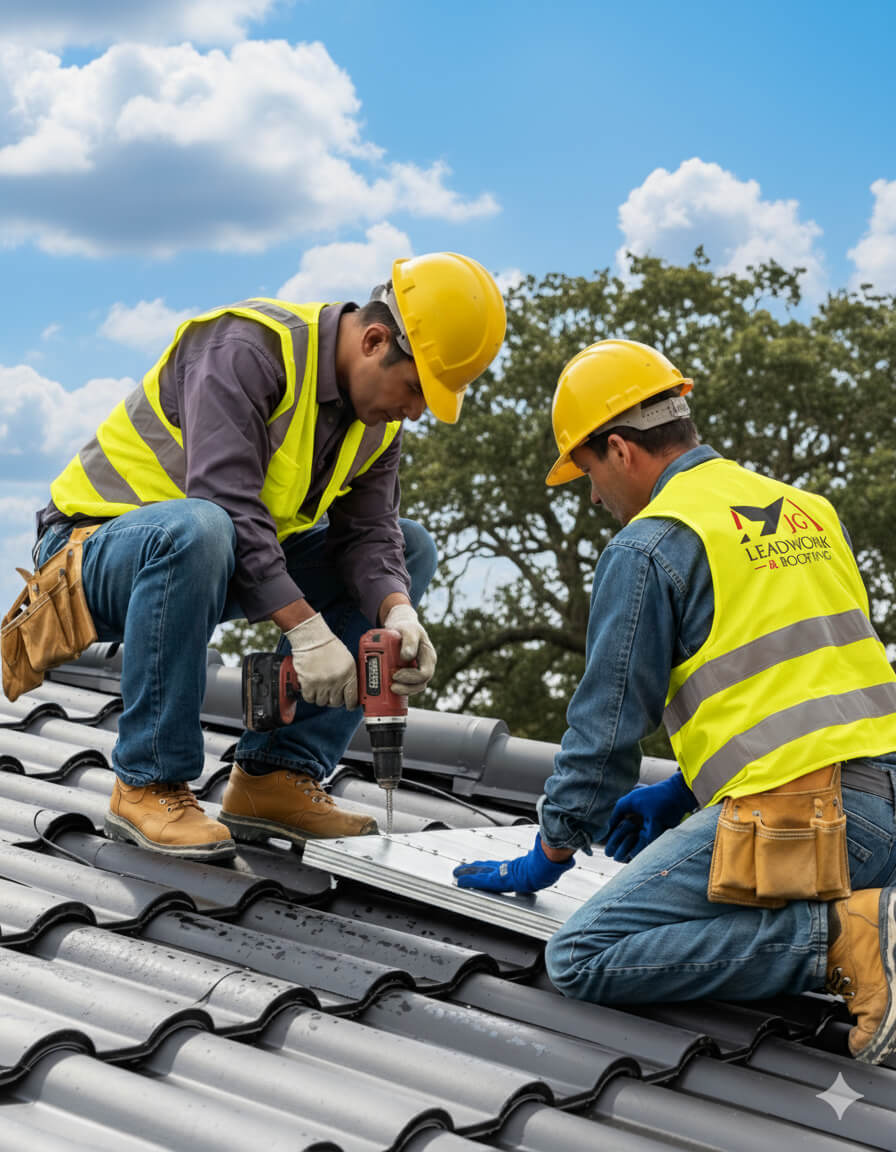
At JG Leadwork and Roofing, every project follows a structured QA process. Each stage—materials, installation, safety, and final sign-off—is measured against manufacturer specifications and UK Building Regulations to ensure durability, compliance, and warranty-backed performance across all roofing services.
Projects are only signed off once all QA checks are complete, giving clients confidence in long-term performance, structural safety, and insurance-backed peace of mind.
Every new roof installations london sussex surrey kent project by JG Leadwork and Roofing is delivered in strict alignment with UK Building Regulations and recognised frameworks. This ensures structural safety, energy efficiency, durability, and protects warranties and insurance coverage across residential, commercial, industrial, and heritage properties.
Clients can be confident their project is completed legally, safely, and insurance-ready—delivering long-term performance, compliance assurance, and complete peace of mind.
Property owners often wonder about new roof installations london sussex surrey kent—from costs and timescales to permissions. Below, you’ll find straightforward, trustworthy answers to the most frequent and practical queries.
The cost to replace a roof in London depends on several major elements—size, materials, site complexity, and regulatory demands. For property owners, managers, and developers, understanding these factors upfront is essential for proper budgeting, legal compliance, and project risk control. This section breaks down where typical costs come from, drawing on current London pricing and UK regulations, so you can plan with open eyes.
Labour and set-up are often the largest expense, accounting for 40%–60% of project cost. London sites face extra complexities: restricted access, parking challenges, minimal storage, and in many cases, custom scaffolding for terraces or city-centre buildings. Local council rules may add permit fees for street occupation. Complying with strict health and safety laws, such as working-at-height protocols, also demands more manpower and time. The net effect? Even a standard roof (60–100 m²) in London may incur higher labour and scaffolding costs than a comparable job elsewhere.
The chosen roof covering significantly shapes cost. Concrete and clay tiles typically run £80–£125 per m² installed, while natural slate—favoured in conservation areas—can reach £150–£200 per m² due to material price and skilled fitting. Flat roof systems (such as EPDM rubber) usually start around £90–£140 per m². All replacements must meet Part L of the Building Regulations, which sets a minimum U-value (measure of heat lost through the roof—lower is better). Achieving compliance may add £20–£40 per m² in insulation and vapour barriers, especially if your current roof is poorly insulated.
London roofing must obey multiple regulations. BS 5534 sets structural requirements for pitched roofs and wind resistance; failure to comply risks refusal by building control authorities. Homes in conservation areas or listed buildings face tighter rules: only certain materials (e.g., natural slate, handmade tiles) are permitted, and formal consent is often needed before works begin. Planning, survey, and approval costs—combined with more expensive heritage materials—can add both time and money. On period properties, roof replacements may cost 20%–30% more compared to similar work on newer stock.
Several external realities push London costs higher:
Here’s how typical cost factors break down for a mid-terrace property (up to 100 m²):
| Cost Factor | Typical Range (£/m²) | What It Covers |
|---|---|---|
| Labour & Scaffolding | £35–£65 | Removal, fitting, specialist access |
| Materials – Tile | £45–£60 | Clay/concrete tile supply & instal |
| Materials – Natural Slate | £70–£110 | Welsh/Spanish slate, skilled fix |
| Flat Roofing (EPDM/Felt) | £50–£85 | Installation with membrane, trims |
| Insulation (Part L) | £20–£40 | To achieve U-value (energy performance) |
| Compliance/Heritage Premium | 10–30% extra | Approvals, surveys, specialist materials |
For most London projects, the total new roof cost in 2024 generally falls between £7,000–£20,000+, depending on roof size and all these variables. To avoid surprise overspends, always insist that quotes specify compliance with Part L, BS 5534, and heritage requirements where necessary. Skipping these can invite building control action and unexpected costs.
The time required for a new roof installation in London, Sussex, Surrey, or Kent depends on the property’s size, roof type, and project complexity as well as weather and access considerations common in the UK. Most standard residential roof installations are completed within three to seven days, while larger, intricate, or listed buildings can often take longer. Knowing this helps homeowners, landlords, facility managers, and heritage custodians plan for short-term disruption, temporary weatherproofing, and access restrictions. Careful scheduling also protects the building structure and ensures compliance with safety and regulatory standards, while poor preparation risks delays or unexpected cost overruns.
A well-managed timeline keeps your property protected, and day-to-day life running smoothly—even in unpredictable weather.
The duration of a roof installation varies with roof design and chosen materials:
Several site-specific variables can influence how long your roof installation takes:
Ongoing inspection and basic maintenance are essential for maximising roof lifespan and preventing expensive issues:
The longevity of a roof hinges on chosen material, quality of installation, local weather, and maintenance. The table below compares common roof types:
| Material | Typical Lifespan | Inspection Frequency | Maintenance Needs |
|---|---|---|---|
| Slate | 80–100 years | Every 5 years | Minimal; replace slipped slates |
| Clay Tiles | 60–80 years | Every 5 years | Replace cracks, repoint as needed |
| Concrete Tiles | 40–60 years | Every 5 years | Remove moss, replace breaks |
| Felt (Flat) | 10–20 years | Every 2 years | Seal laps, patch small tears |
| EPDM Rubber | 20–30 years | Every 3 years | Inspect joints, surface cleaning |
| Liquid Applied | 25–40 years | Every 3 years | Recoat joints, maintain upstands |
| GRP Fibreglass | 25–35 years | Every 3 years | Check for chips, reseal if needed |
Consistent inspection, routine upkeep, and prompt repair of minor issues all help roofs achieve or exceed their design life. For listed or historic buildings, specialist oversight ensures compliance with conservation guidelines and maximises asset longevity.
A new roof is a major investment for property owners in London, Sussex, Surrey, and Kent. Upfront costs vary widely, but what shapes true value is not just price—it’s the combination of lasting materials, reliable warranties, and the trustworthiness of your contractor. Understanding these factors is crucial for anyone who wants to minimise long-term risks, protect their asset, and avoid unpredictable repair bills.
Whether you manage a residential building, own a heritage property, or oversee commercial premises, clear financial planning and robust guarantees are essential. Property owners demand not just an attractive price, but confidence that new installations comply with UK regulations, stand the test of time, and offer recourse if defects emerge. That’s why knowing what drives costs, understanding warranty coverage, and choosing a credentialed installer are the foundations of a solid roofing decision.
The price for new roof installations in the South East depends on several concrete factors:
| Service Type | Typical Range (UK) | Key Influences |
|---|---|---|
| Roof Repair | £250 – £1,200 | Damage type, access, materials |
| Roof Replacement | £5,000 – £15,000+ | Size, structure, insulation, finish |
For listed buildings or bespoke work, top-tier projects can exceed £20,000 due to access, conservation requirements, or specialist leadwork.
A robust insurance-backed warranty is standard for reputable new roof installations. Coverage typically extends 10–20 years and protects against material failure, poor workmanship, or structural faults. Some warranties are transferable if you sell the property—a major advantage for homeowners and commercial landlords looking to maximise asset value.
Warranties are not just a marketing extra; they underpin compliance with Part L building regulations (energy efficiency standards) and are often a requirement for property insurance or successful resale.
Selecting an accredited installer is one of the most important steps in de-risking your investment:
Manufacturer-backed warranties are valid only when the installation follows prescribed techniques—something guaranteed by a vetted, credentialed contractor.
A lower initial quote may be tempting, but shortcuts inevitably jeopardise your investment:
In short: spending extra for a properly designed, warrantied, and compliant roof costs less in the long run than fixing a botched job—protecting both your finances and your peace of mind.
Roofing issues—whether slow leaks or sudden storm fallout—should never be left to chance. Even a minor defect can lead to rapid structural damage and spiralling costs, particularly in the unpredictable climate of London, Sussex, Surrey, and Kent. Acting promptly is vital: whether that means immediate repairs for active leaks or planning a full roof replacement during the right season, timing shapes everything from workmanship quality to insurance coverage and the total bill you face at the end.
For true emergencies—active leaks, sagging structures, or obvious storm damage—repairs need to happen within hours or days to avoid immediate water ingress. For planned replacements, optimal weather windows run from spring through early autumn. Ignore the timing, and risks compound: higher costs, denied insurance, chronic interior mould, or even full roof failure.
Certain problems demand action right now—no exceptions. Storm damage, falling tiles, tree impact, or any active leak can open your home or building to the elements, risking immediate water ingress. This isn’t just about wet ceilings; water can destroy insulation, trigger dangerous electrical faults, and find its way far from the obvious entry point.
Even short delays can mean ceiling failure, widespread mould, and safety hazards. Acting fast is always less costly than cleaning up after escalation.
Emergency repairs can’t always wait, but the timing of a planned roof installation or replacement has a major impact on results and convenience. In southern England:
While skilled roofers can handle emergencies in any season, you’ll almost always get a faster, less disruptive result by choosing a predictable weather window.
Most building insurance policies demand prompt notification—typically within 24–48 hours of discovering roof damage. Policies nearly always include a mitigation clause, making you responsible for limiting further harm by acting fast (often by arranging emergency covering).
Delays or only partial measures can:
Missing a deadline, or failing to act at all, may leave you footing the bill for preventable damage. Swift response and documentation are the keys to successful claims.
Every week you delay, the risks grow—often in ways that remain hidden until major repairs are inevitable. Common escalation scenarios include:
Putting off repairs rarely saves money. Instead, it shifts costs into larger, more expensive, and disruptive projects. In the variable climate of London, Sussex, Surrey, and Kent, timely, decisive action is the single best investment in your property’s safety and long-term value.